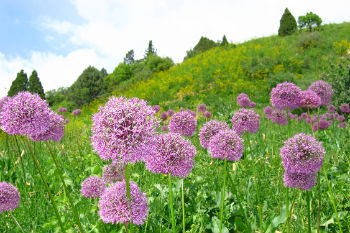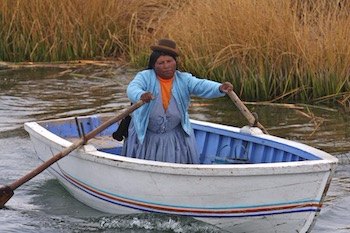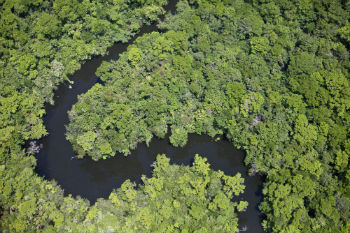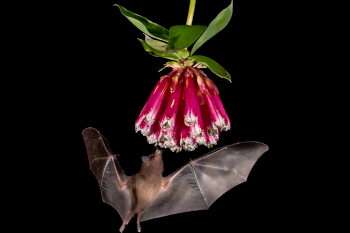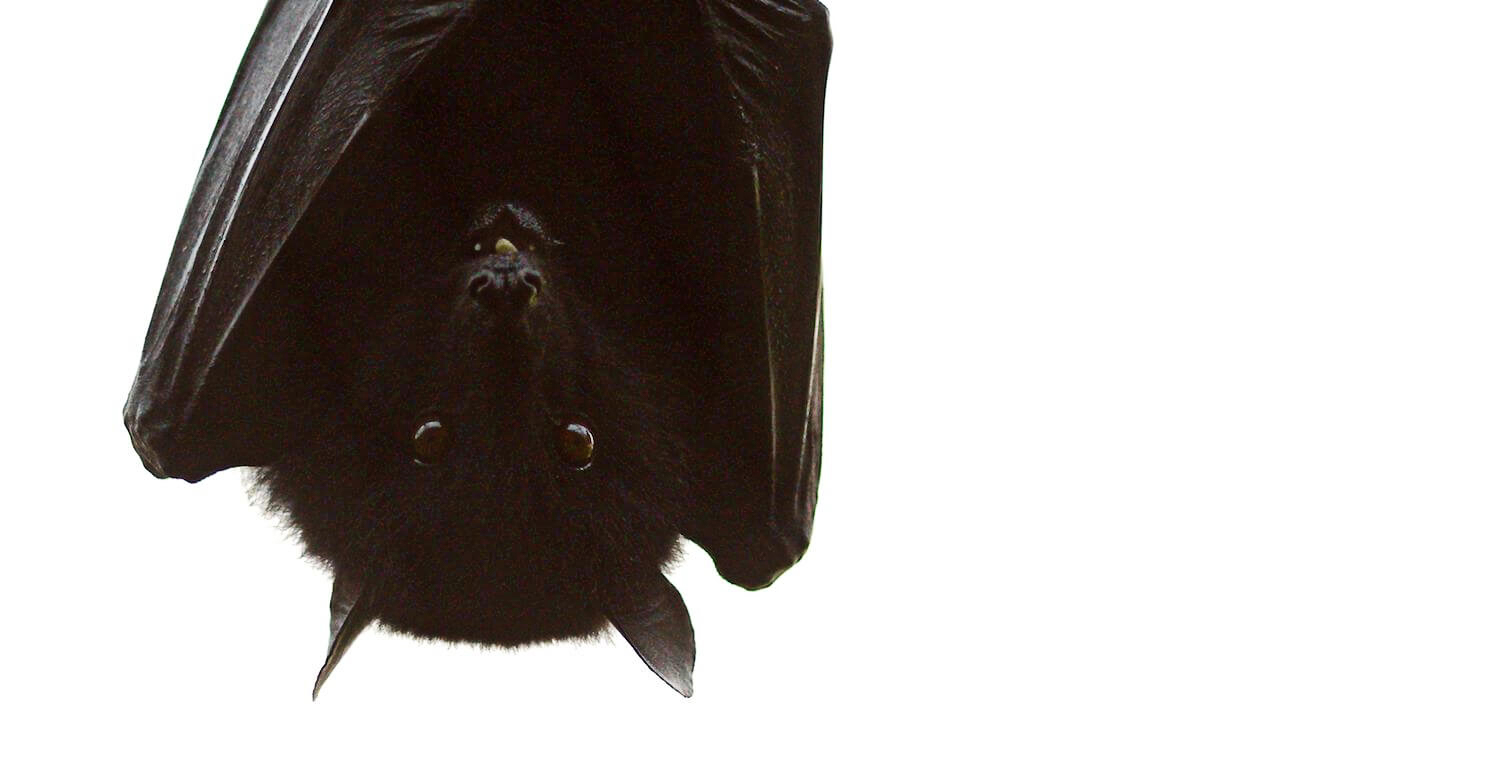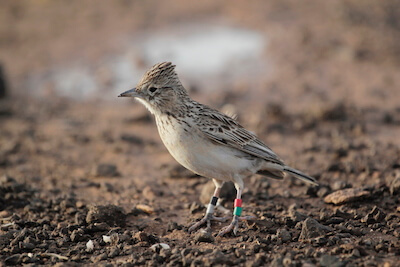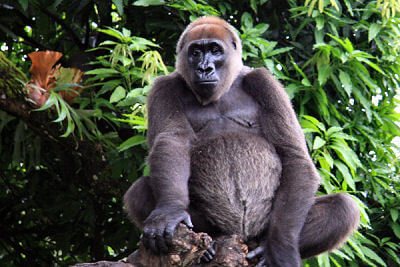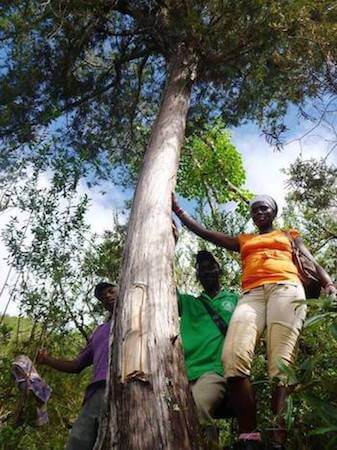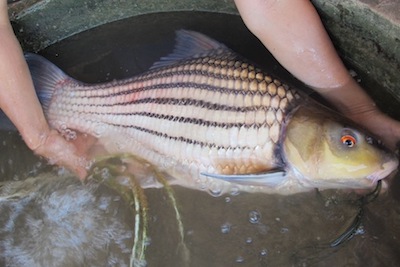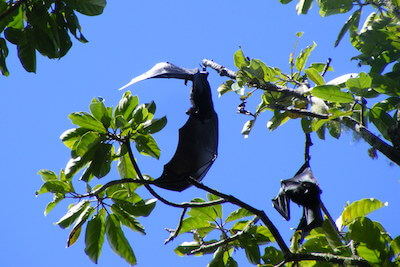Main menu
CEPF is a joint initiative of l’Agence Française de Développement, Conservation International, the European Union, Fondation Hans Wilsdorf, the Global Environment Facility, the Government of Japan and the World Bank.
Visitez le site français コア情報の日本語翻訳を読むOr use Google Translate to translate the English site to your language:
GTranslate
Five of the World’s Most Threatened Species and How CEPF Grantees Are Working to Protect Them
18 April 2019
18 April 2019
CEPF grantees have helped protect some 880 species listed on the IUCN Red List of Threatened Species. Here we put the spotlight on five of them.
1. Razo lark
Hotspot: Mediterranean Basin
Status: Critically Endangered
At one time in history, the Razo lark (Alauda razae) inhabited multiple islands on Cabo Verde, an archipelago off Africa’s northwest coast. But invasive species introduced by humans drove the birds from all but one small island, Raso Islet, making them highly vulnerable to extinction.
With help from CEPF, organizations including Sociedade Portuguesa para o Estudo das Aves and Biosfera 1 helped set the stage for the species’ reintroduction onto the larger Santa Luzia Island by determining the feasibility of such an undertaking.
In 2018, the milestone relocation of about 30 Razo larks took place, offering renewed hope for the bird’s future.
2. Cross River Gorilla
Hotspot: Guinean Forests of West Africa
Status: Critically Endangered
The wild population of the Cross River gorilla (Gorilla gorilla diehli), found in Nigeria and Cameroon, has been estimated at just 300. Hunting and habitat loss are the biggest threats facing the Cross River gorilla, which is a subspecies of the western gorilla (Gorilla gorilla).
Wildlife Conservation Society (WCS) is taking a multifaceted approach to protecting the species: A grant from CEPF is funding longer, more frequent patrols by rangers, and generating data to inform future patrol strategies. Representatives from the local community are teaming up with guards working in protected areas to monitor habitat where the gorillas exist but are not protected.
Where agricultural land separates protected areas and unprotected gorilla habitat, WCS is working with local communities to connect them. This includes encouraging cocoa producers to plant in the shade. Shade-grown crops are more productive and command a higher price while minimizing the physical barriers that separate gorilla populations.
3. Ekman's Juniper
Hotspot: Caribbean Islands
Status: Critically Endangered
Found in Haiti, Ekman’s juniper (Juniperus gracilior var. ekmanii) is one of the rarest trees in the world. Only seven individuals are known to exist, and their locations are a closely guarded secret. CEPF grantee Arche Aux Plantes helped start a propagation program in France, with the goal of reintroducing the species into the wild.
In-vitro reproduction efforts have been ongoing for three consecutive years by partner gene lab Vegenov, with additional support from Yves Rocher Foundation. Finally, in late 2018, the first small junipers took root.
There is still a long way to go for the junipers to be re-introduced and grow again in the highland forests of Haiti with their seven siblings, but these fragile saplings represent the best chance for the tree’s long-term survival.
4. Jullien's golden carp
Hotspot: Indo-Burma
Status: Endangered
Despite plummeting numbers, demand for Jullien’s golden carp (Probarbus jullieni) in Lao PDR remains high due to its large size and good taste. Egg-bearing females fetch the highest prices, compounding the problem.
With the help of several CEPF grants, FISHBIO established four fish conservation zones (FCZs) in the Mekong River to protect the species’ spawning and refuge areas, helping allow the population to recover. Management of these FCZs is shared among several villages and FISHBIO provided training to the community enforcement teams. These groups administer fines to those caught fishing in the protected areas and confiscate gill nets and illegal fishing gear. Currently, FISHBIO is working to strengthen the management, effectiveness and sustainability of these groups. Learn more from FISHBIO
5. Livingstone’s Fruit Bat
Hotspot: Madagascar and the Indian Ocean Islands
Status: Critically Endangered
The large, orange-eyed Livingstone’s fruit bat (Pteropus livingstonii) is found only on the Comoros, a small group of Indian Ocean islands. Habitat destruction has severely depleted the species’ population—it is considered one of the most threatened bats in the world.
With the help of two CEPF grants, Dahari is studying the drivers of deforestation and potential alternatives to cultivation and extraction of ylang-ylang, an essential oil that is important to the local economy. The organization is also mapping the bat’s roost habitat area using drones and tracking individuals through remote-sensing technology.
Explore the CEPF project database to learn more about our grantees’ efforts protecting threatened species.
